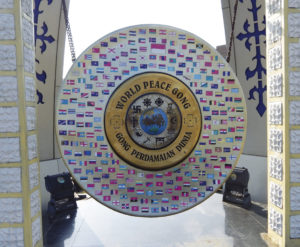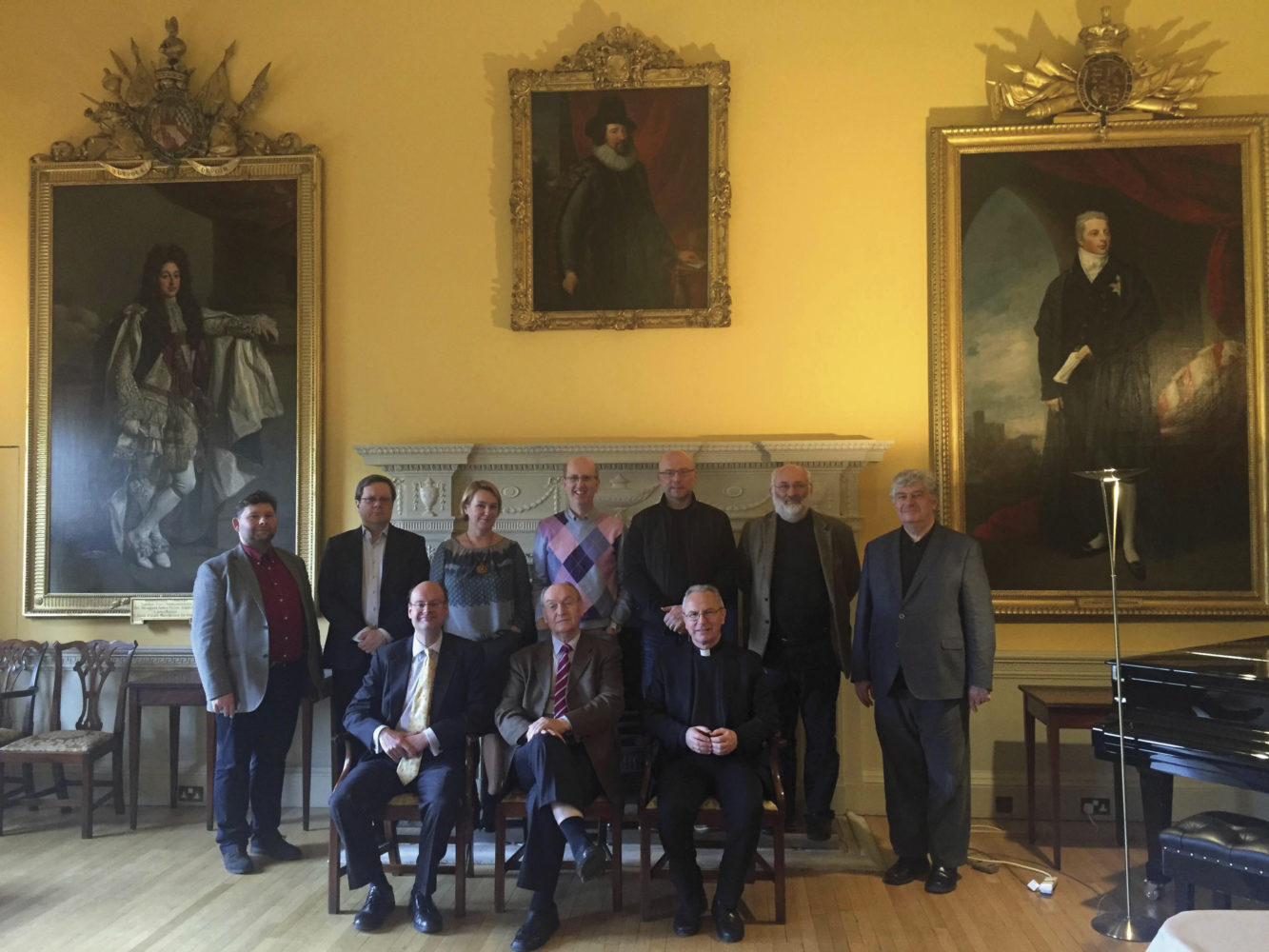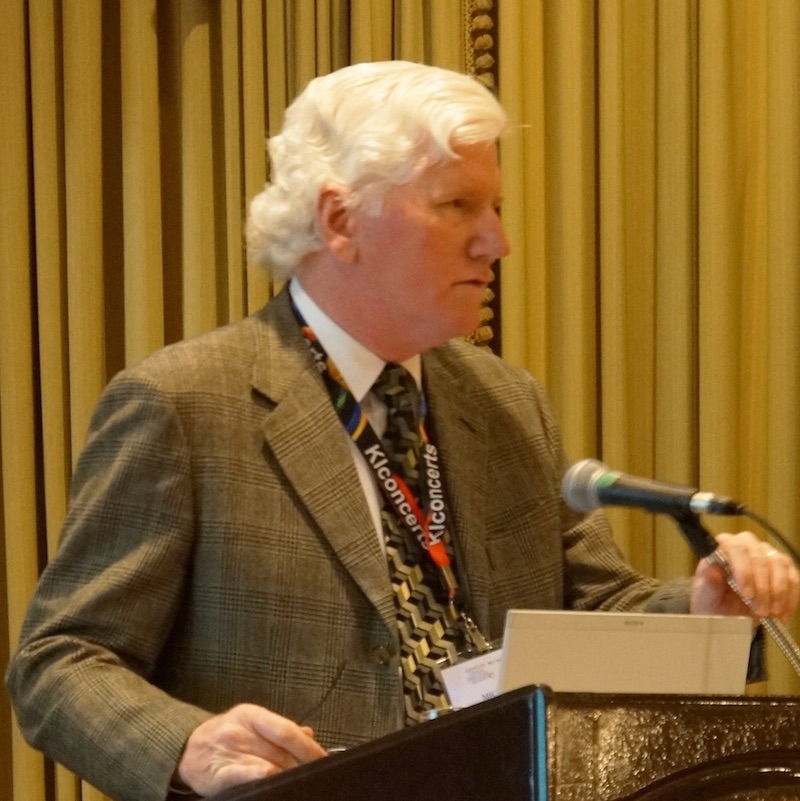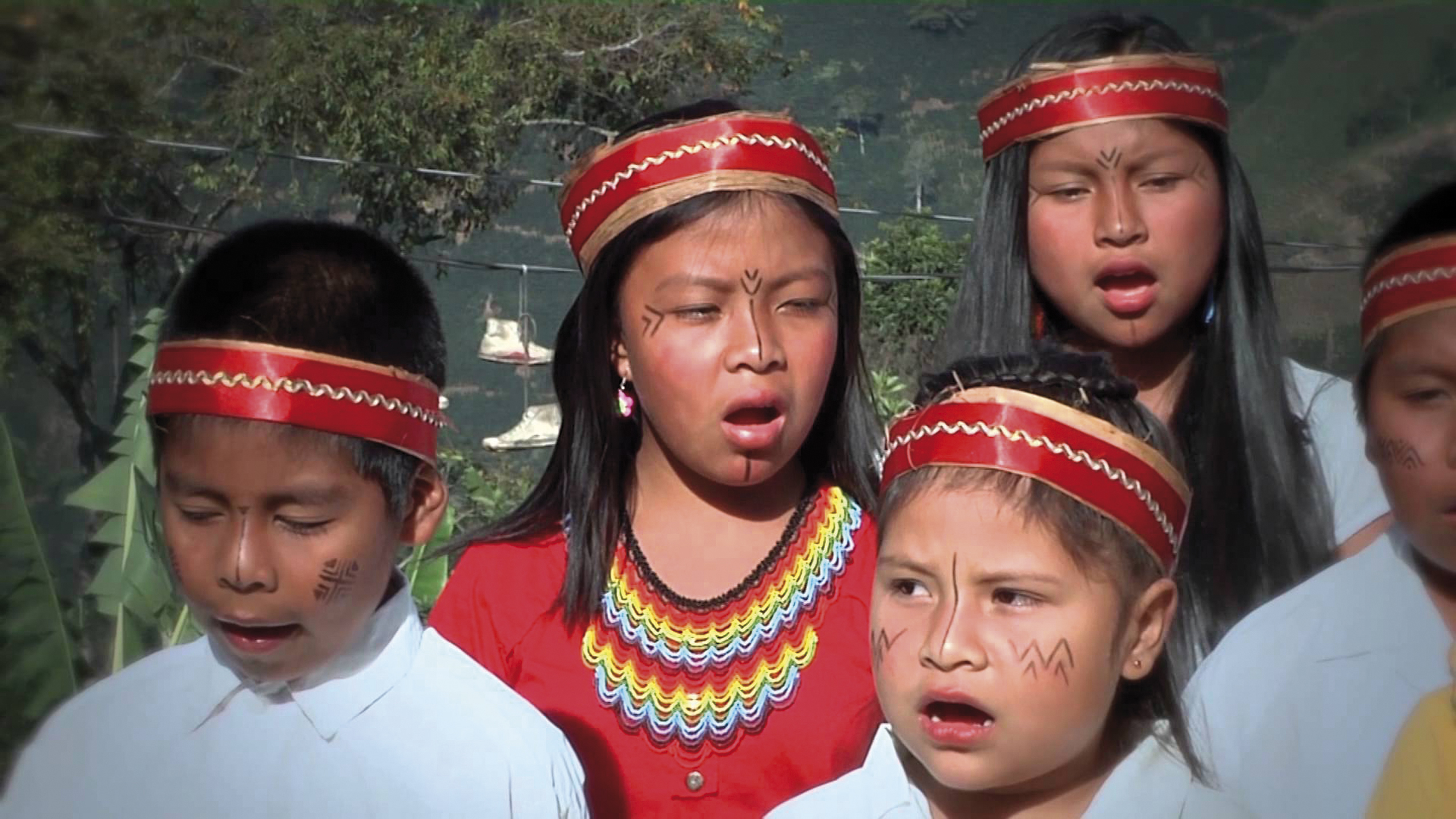La unión de la diversidad de Indonesia a través del festival de música sacra
Por Agastya Rama Listya, director de coro y compositor
Festival Coral de Música Sacra y la Ciudad de Ambon
Indonesia es posiblemente el único país del mundo que celebra regularmente un festival nacional de mús…Read More →












